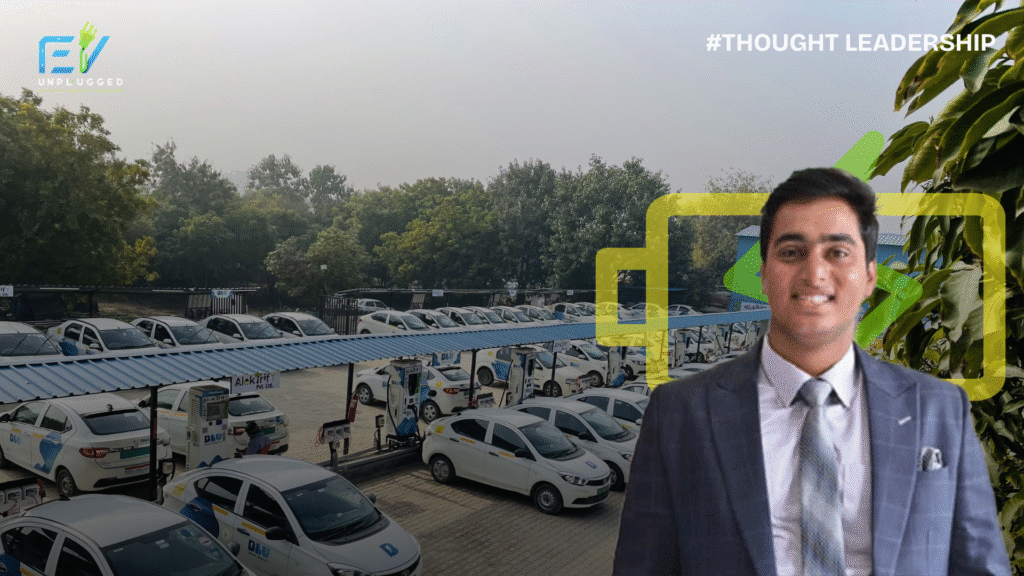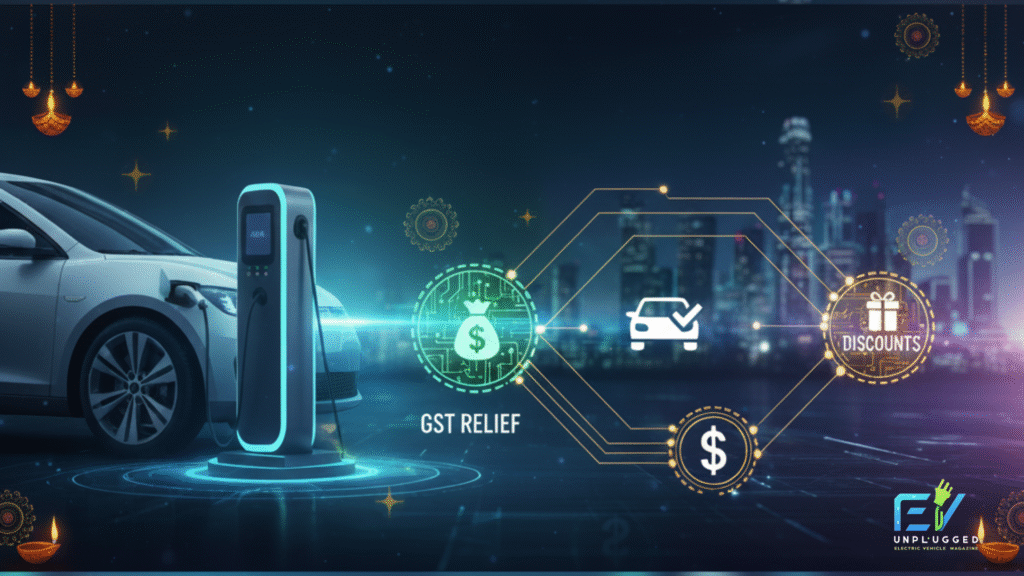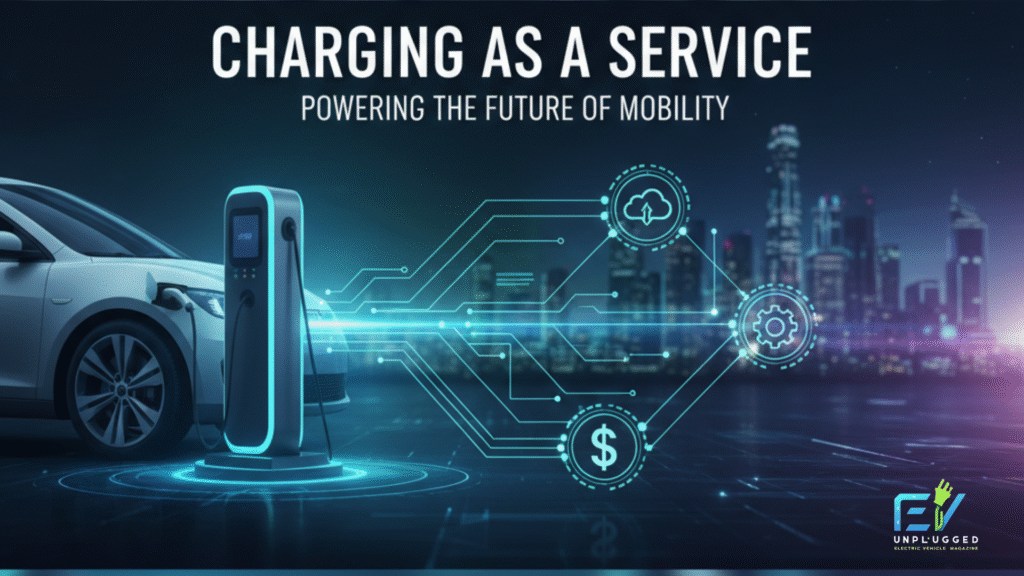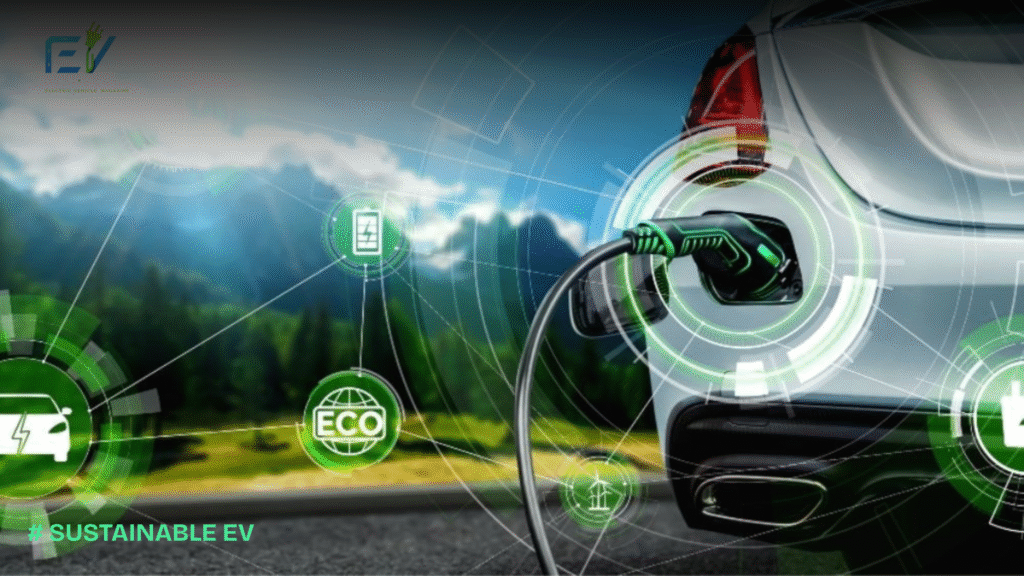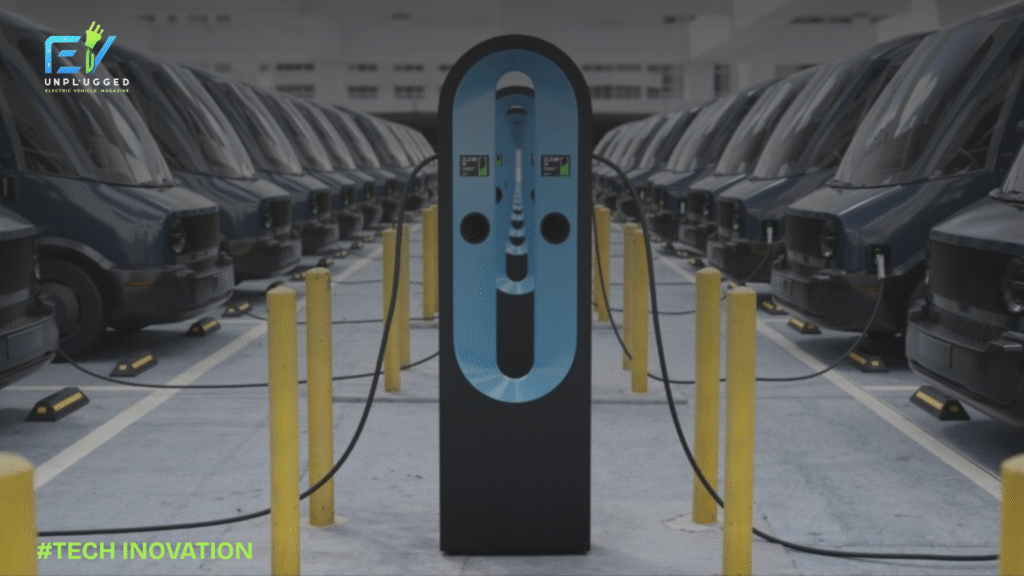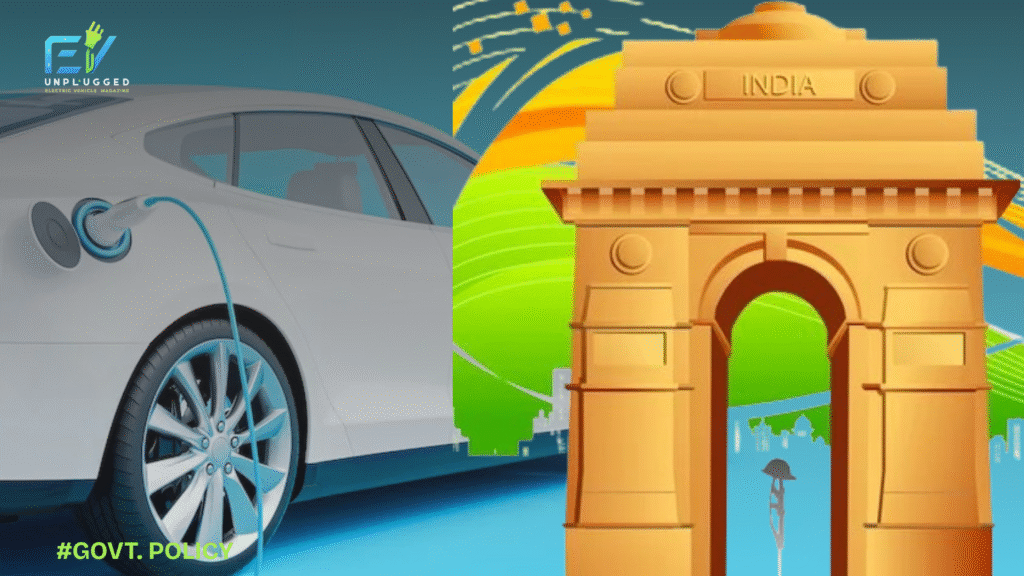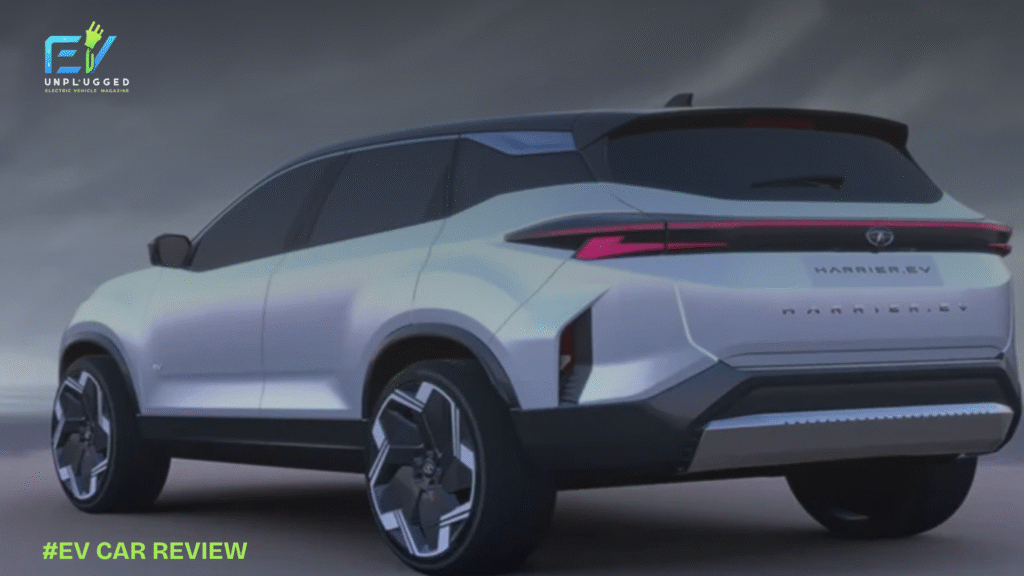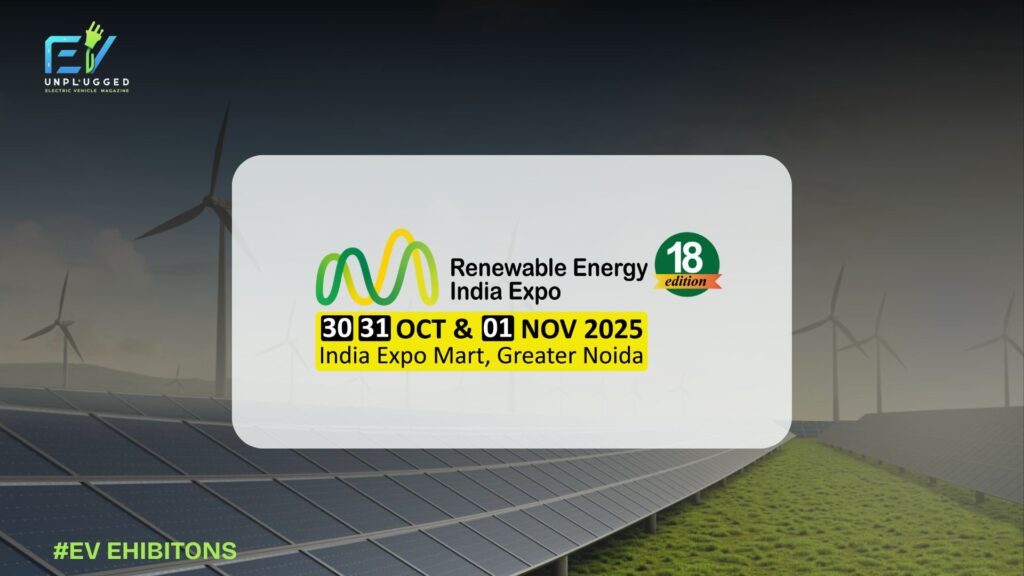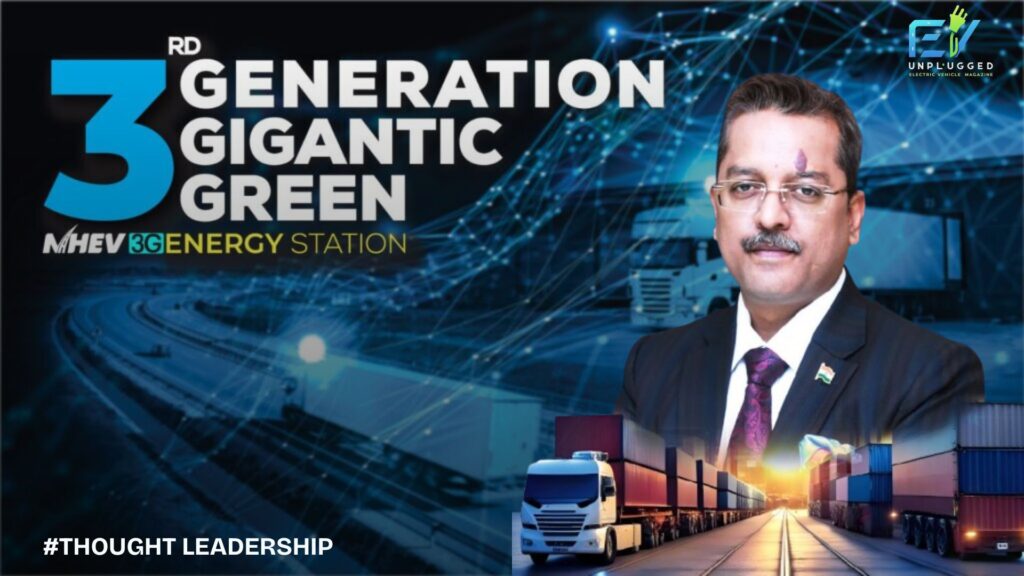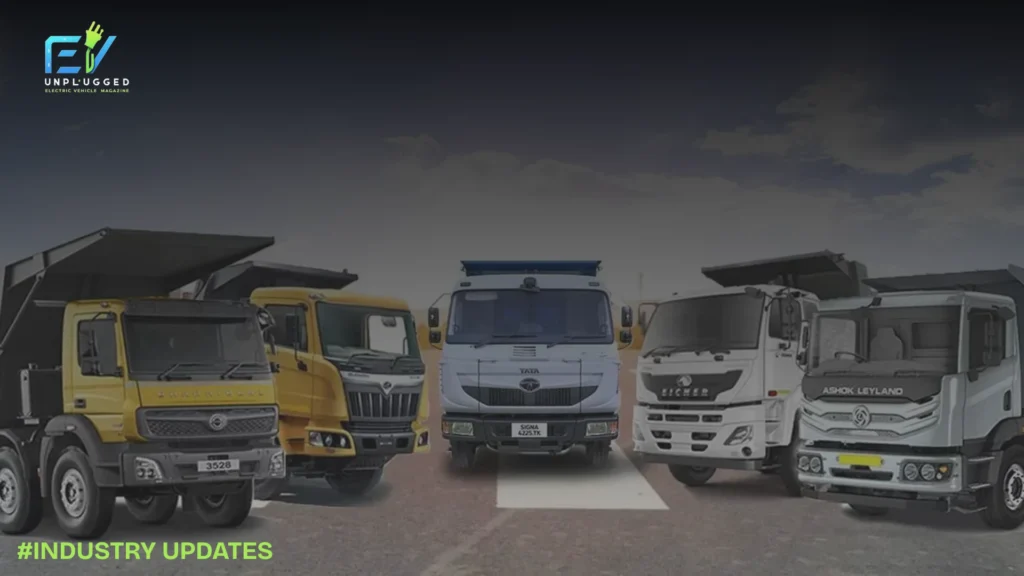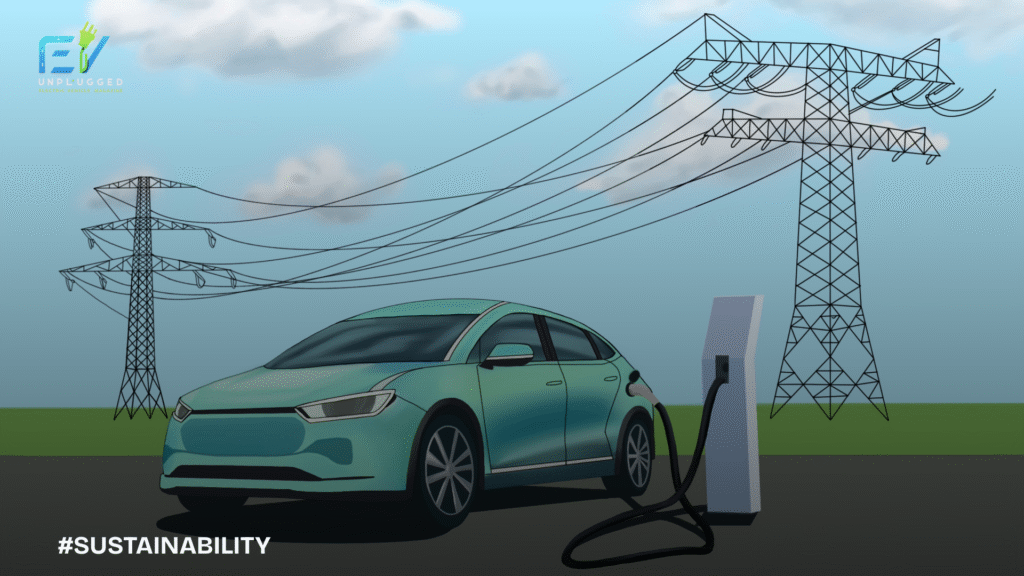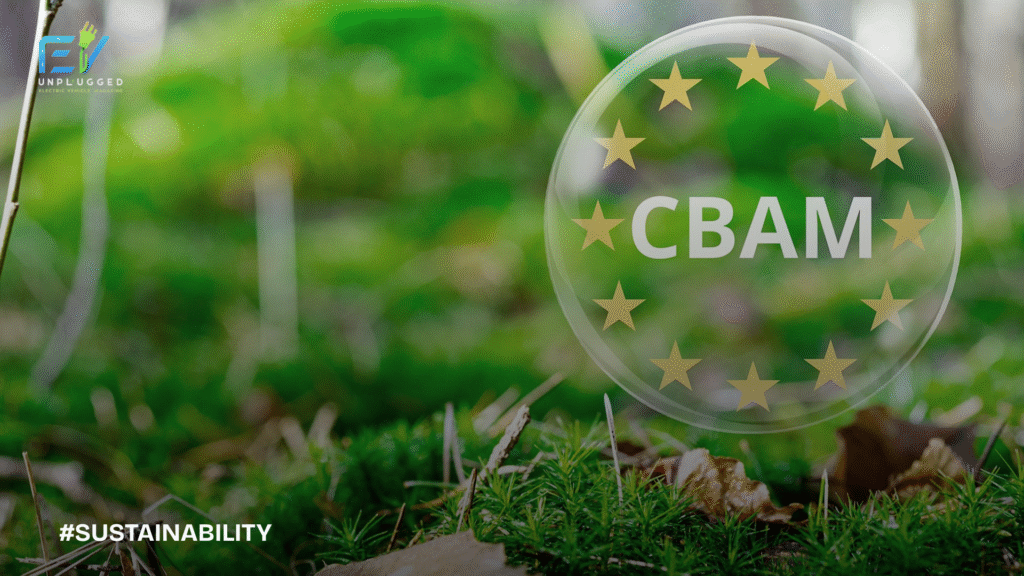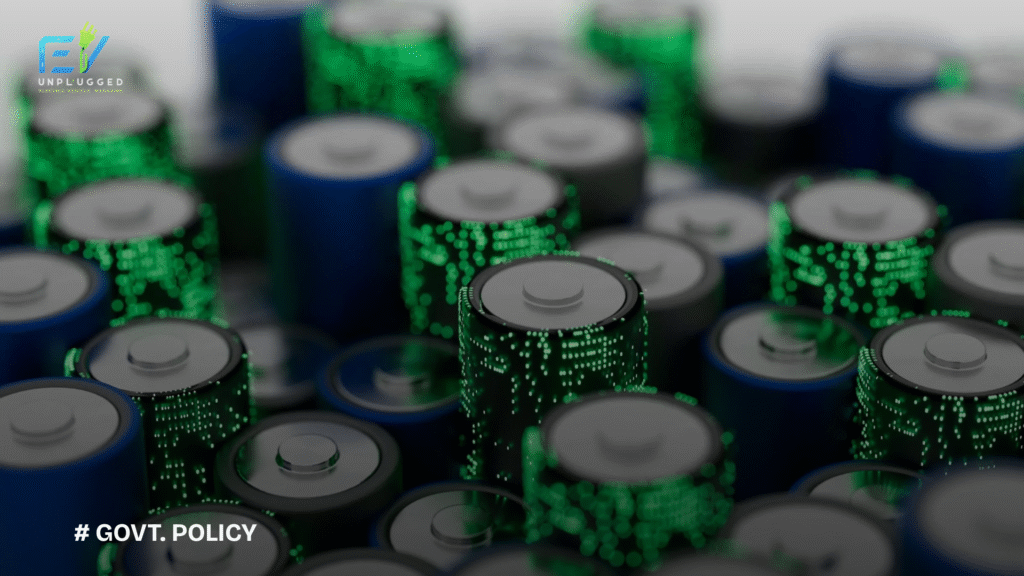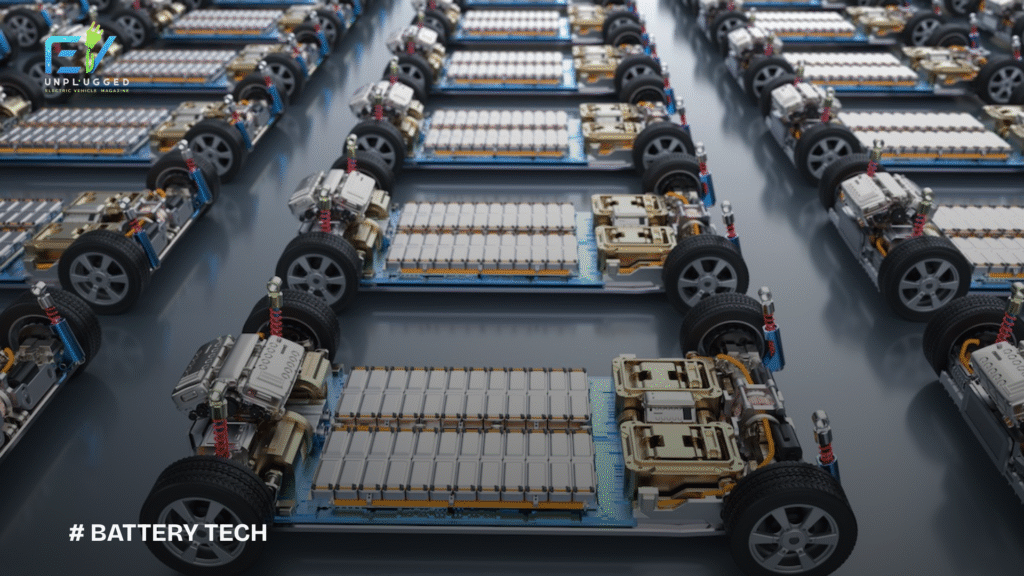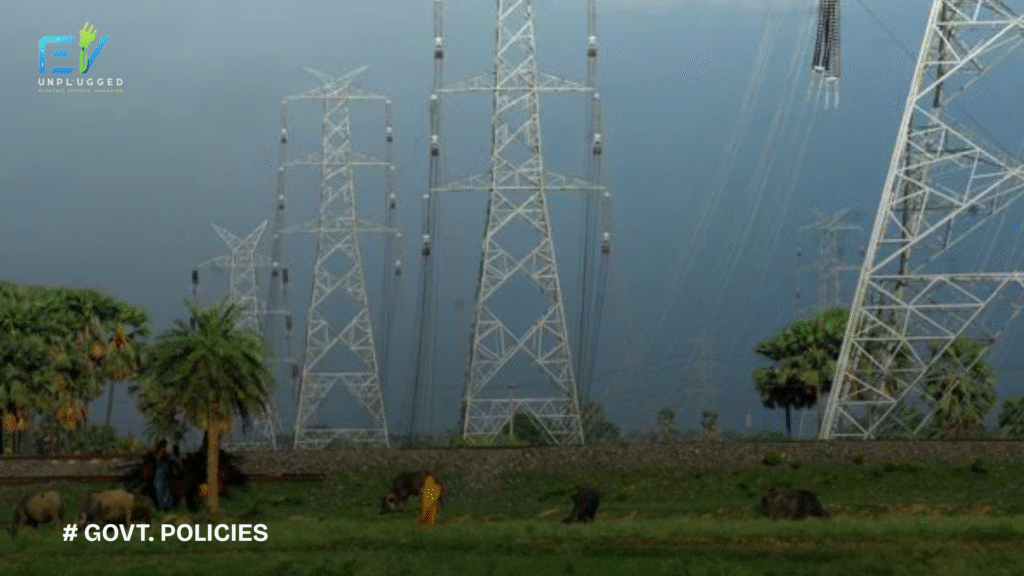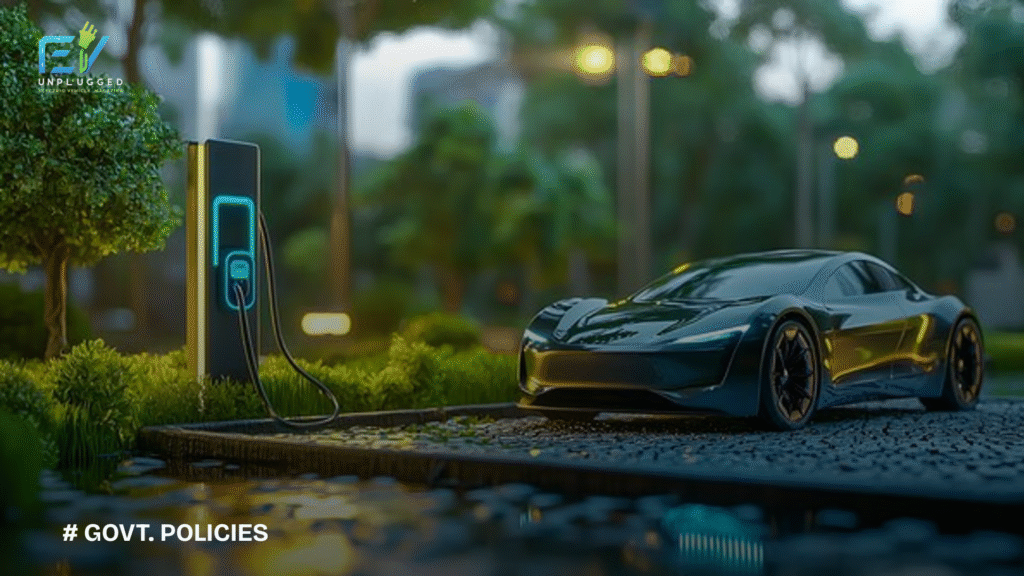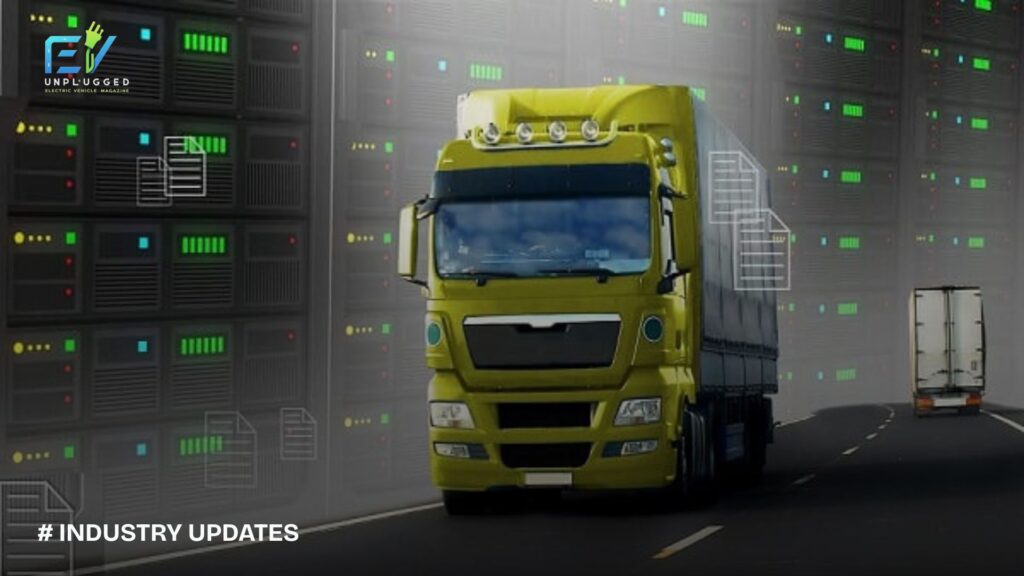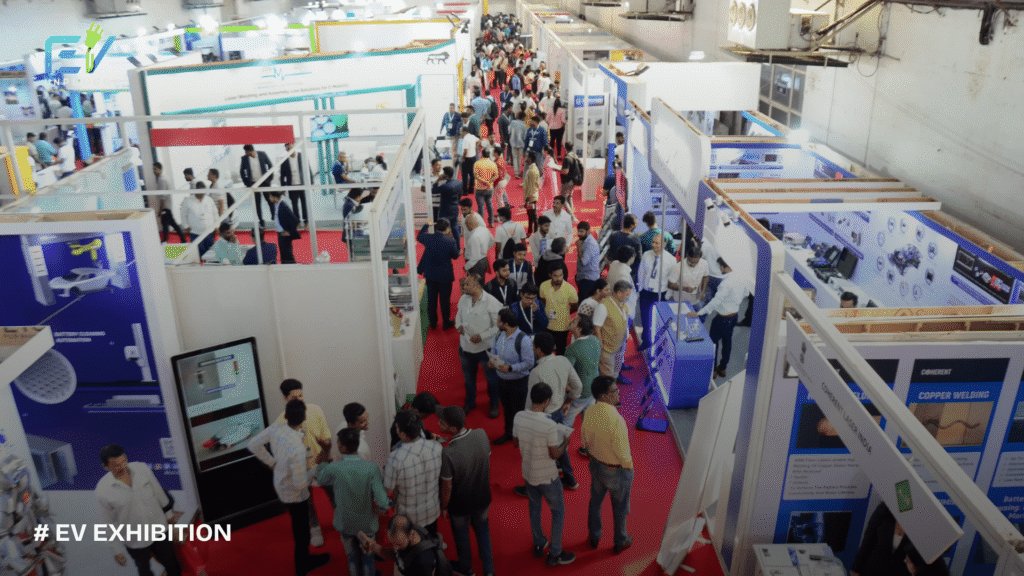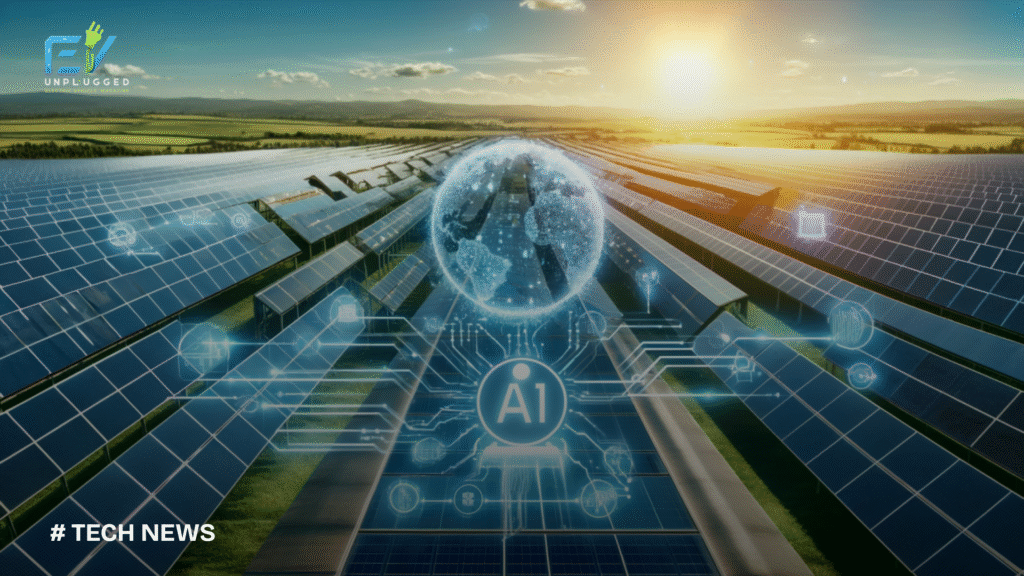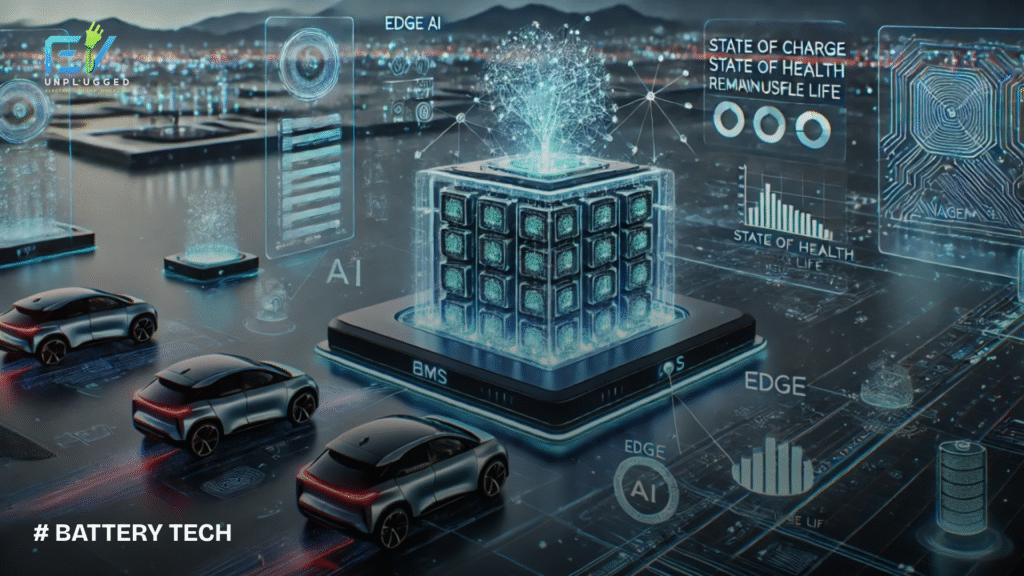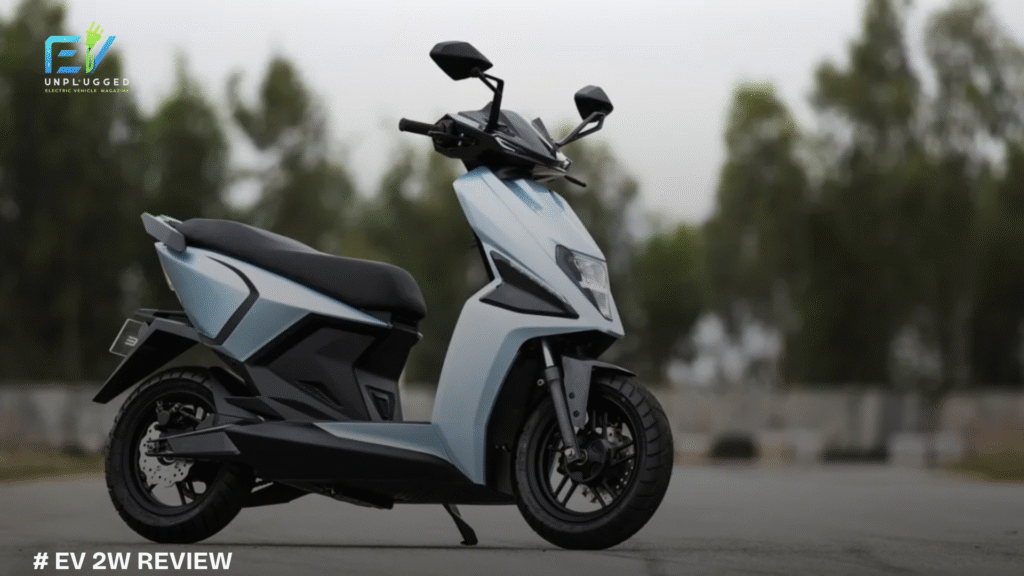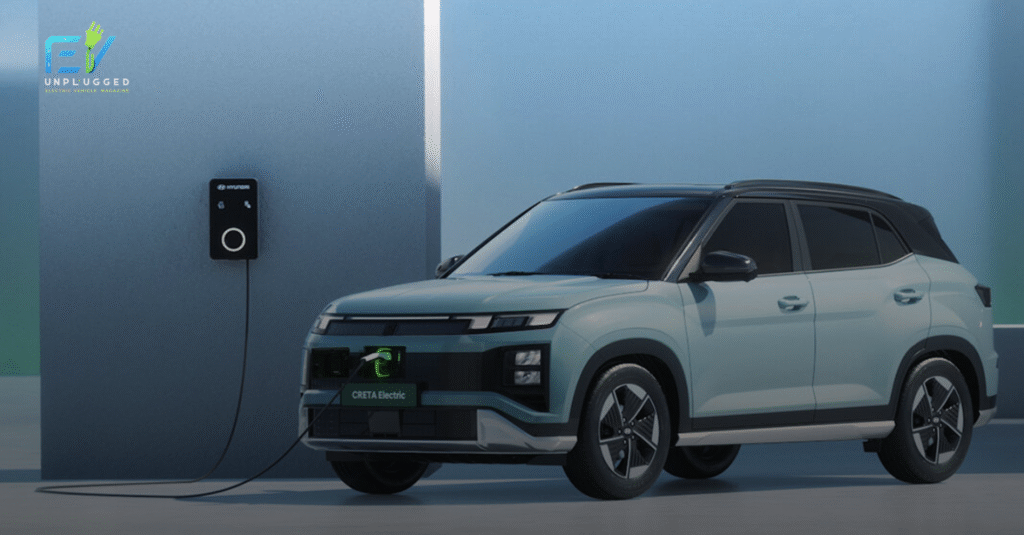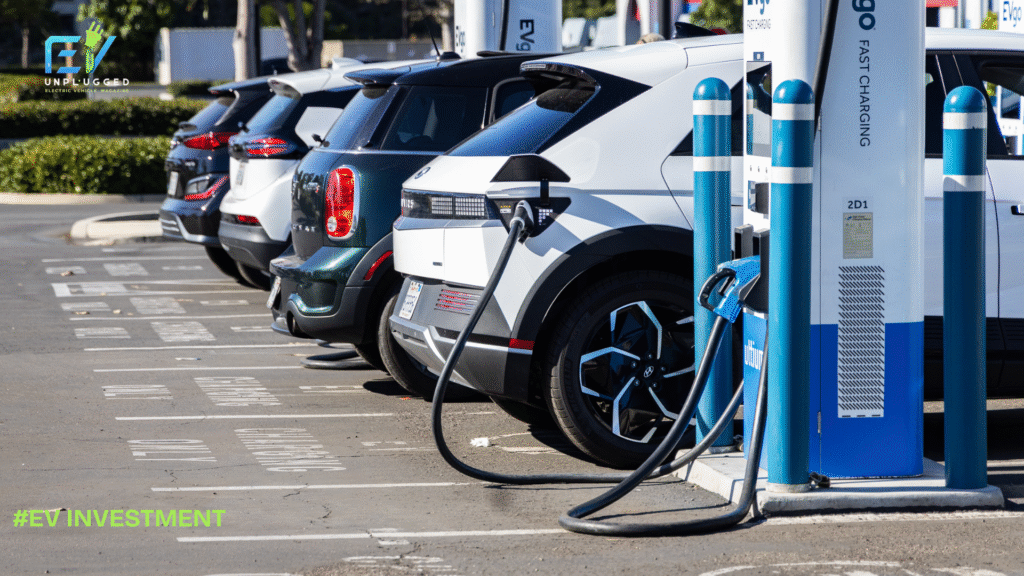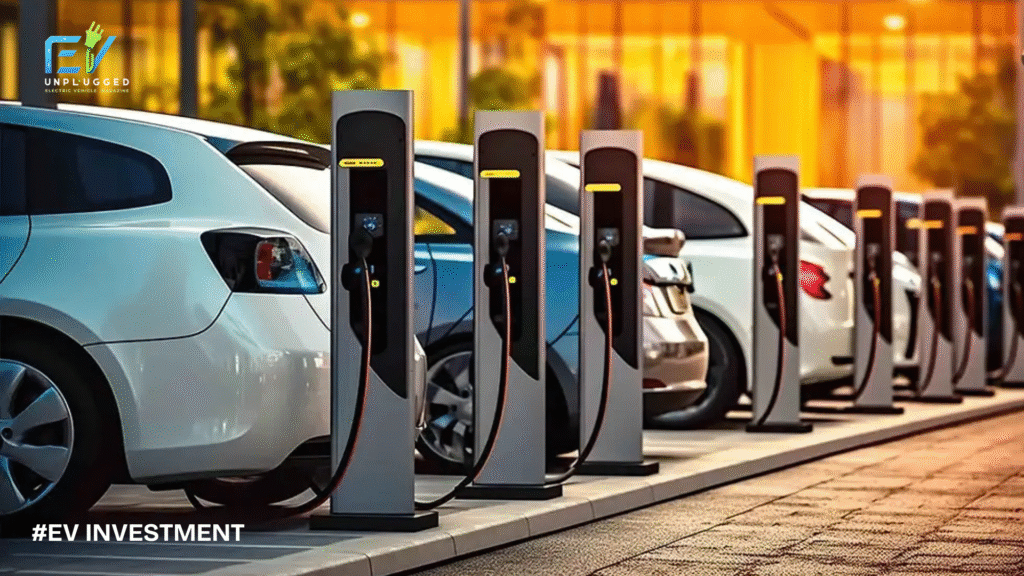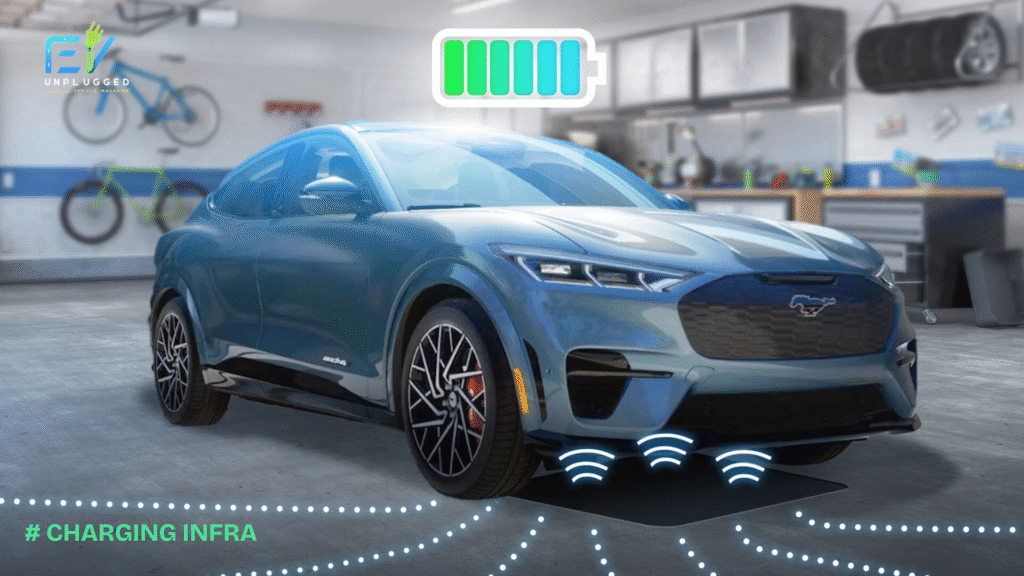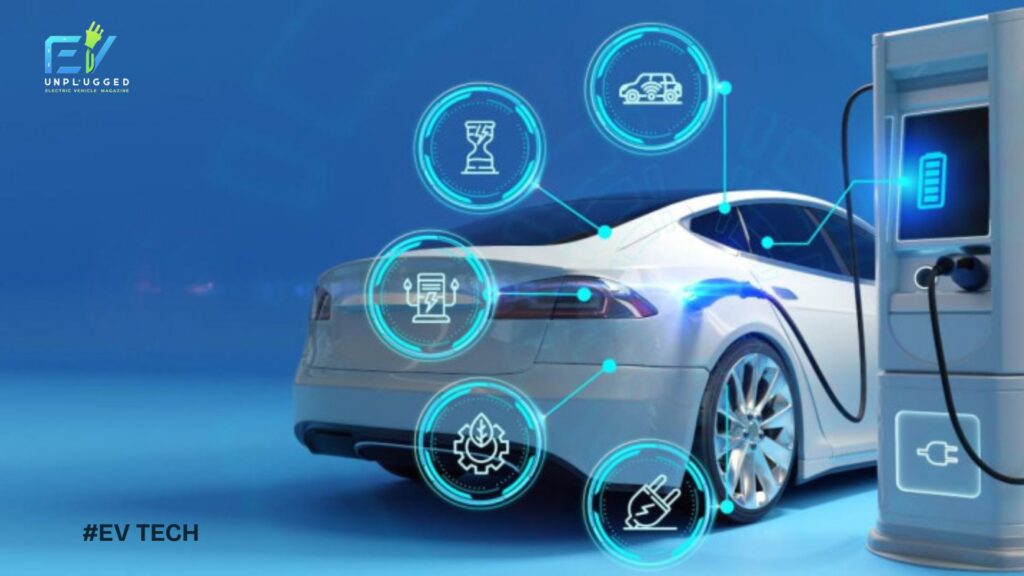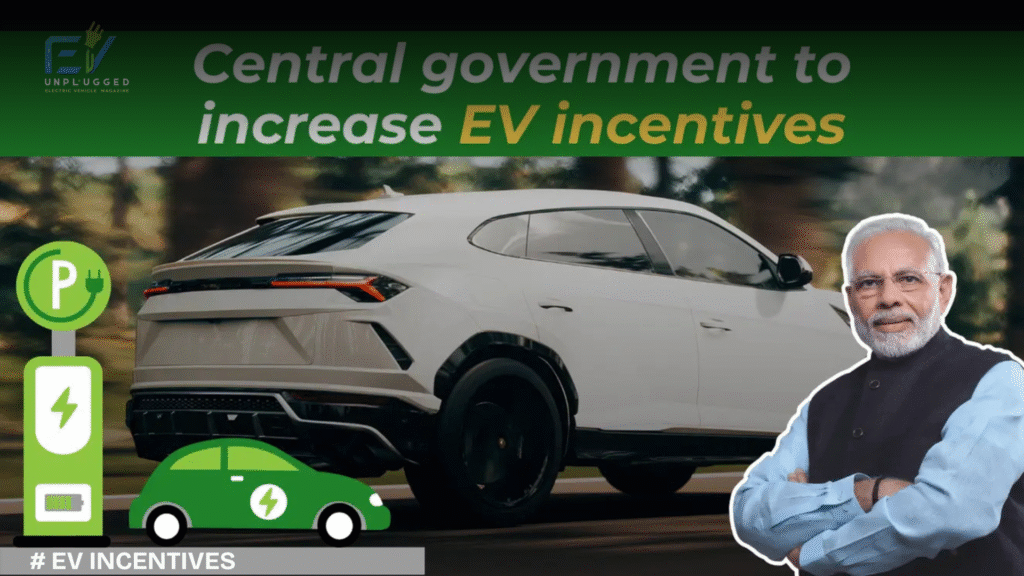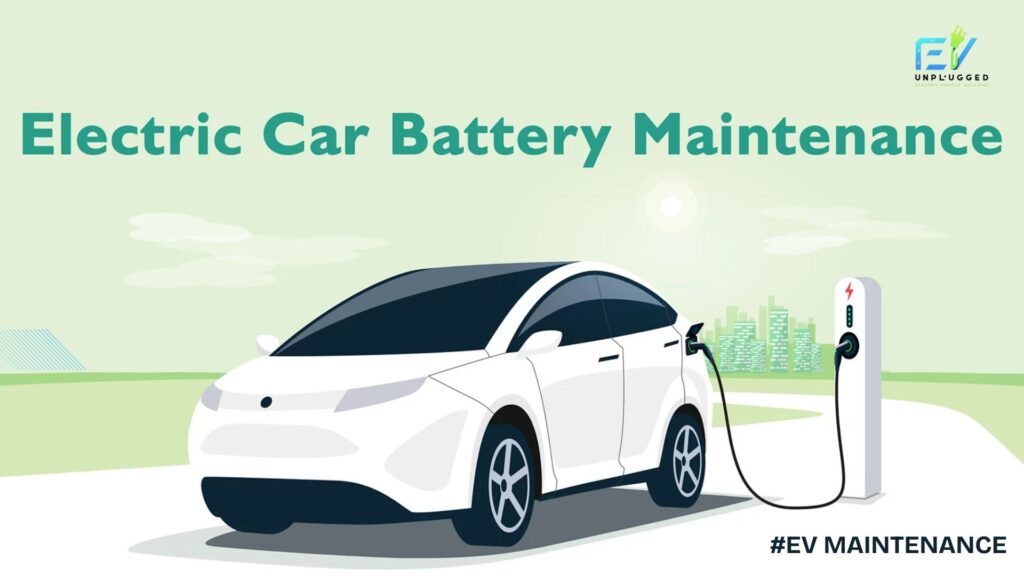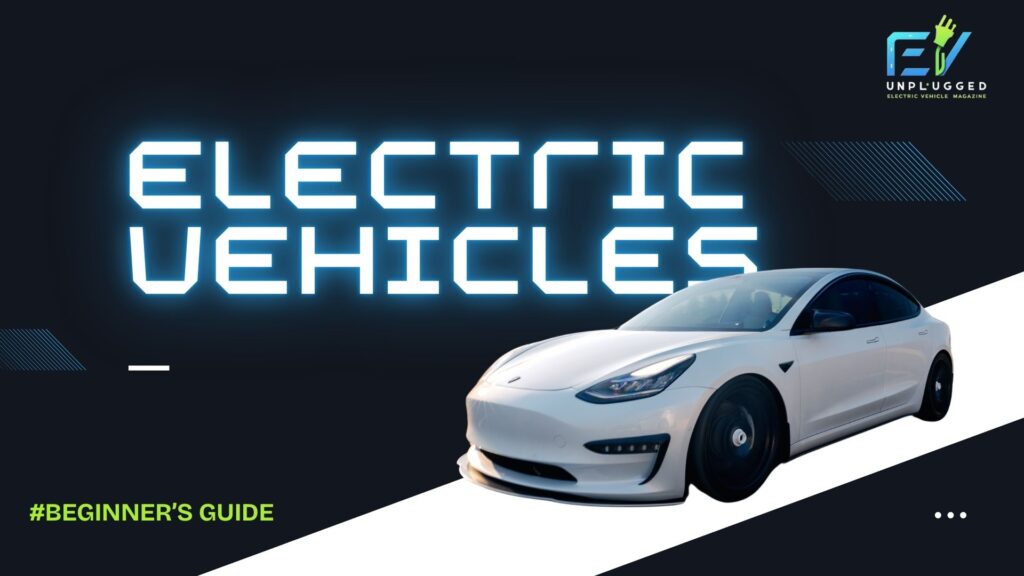Advancements in Solid-State Batteries: Powering the Next Generation of Energy Storage (2025–2035)

Introduction
As the demand for sustainable energy solutions and electric vehicles (EVs) continues to surge, the limitations of traditional lithium-ion batteries are becoming increasingly apparent. Issues related to safety, energy density, and charging times are driving the search for alternative technologies. Solid-state batteries have emerged as a promising solution, offering numerous advantages that position them as the future of energy storage. From enhanced safety features to potential breakthroughs in performance, the advancements in solid-state battery technology are set to reshape industries and accelerate the transition to a clean energy future.
The Promise of Solid-State Batteries
Enhanced Safety
One of the most significant benefits of solid-state batteries is the elimination of flammable liquid electrolytes found in conventional lithium-ion batteries. Replacing them with solid electrolytes significantly reduces the risk of overheating and combustion, making the technology inherently safer for both personal electronics and electric vehicles.
Higher Energy Density
Solid-state batteries can store more energy within a smaller volume. This higher energy density translates into longer driving ranges for electric vehicles and more compact and efficient storage solutions for renewable energy systems. With space-saving benefits and increased performance, solid-state batteries open doors for lighter, more powerful applications.
Faster Charging Times
Another key advantage lies in significantly reduced charging times. Solid electrolytes support faster ion movement, enabling batteries to charge more quickly. This advancement addresses one of the biggest barriers to EV adoption—convenience—by drastically shortening the time it takes to recharge a vehicle.

Recent Technological Breakthroughs
Material Innovations
Researchers have made substantial progress in developing new solid electrolyte materials. Lithium, antimony, and scandium-based compounds have achieved unprecedented levels of lithium-ion conductivity. These innovations are crucial for improving charging speed, stability, and overall battery efficiency.
Industry Collaborations
Collaborative efforts are driving rapid advancements. For instance, Stellantis has partnered with Factorial Energy to validate solid-state battery cells capable of charging from 15% to 90% in just 18 minutes. These cells are slated for use in demonstration fleets by 2026, marking a tangible step toward commercialization.
Automaker Initiatives
Automotive giants like Toyota are making notable strides. Toyota aims to commercialize solid-state batteries with double the energy density of conventional lithium-ion models. With projected mass production timelines in the near future, such developments highlight the technology’s readiness to disrupt the market.
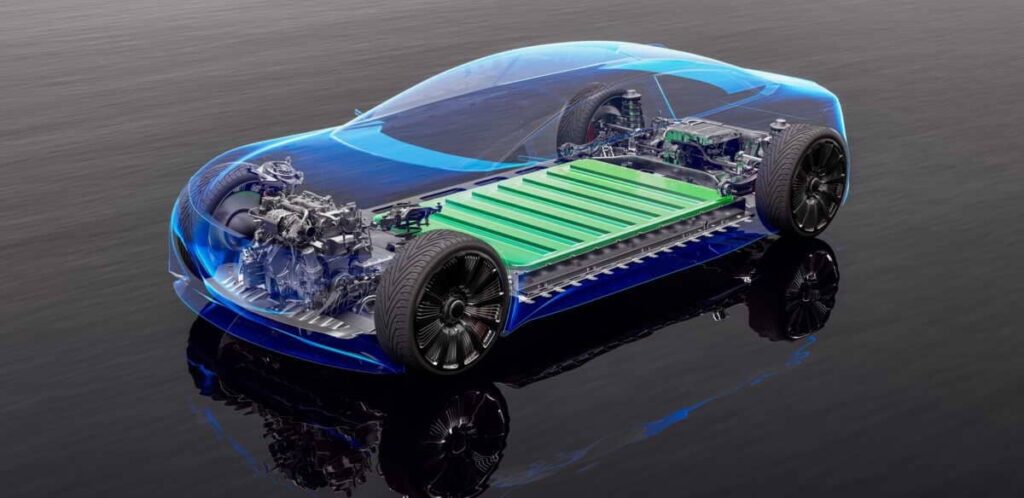
Commercialization Efforts and Market Dynamics
Scaling Production
While lab successes are promising, mass production remains a major hurdle. Companies like Solid Power are developing scalable manufacturing techniques, with targets set for full production capabilities by 2030. Bridging the gap between prototypes and scalable systems is essential for industry adoption.
Global Competition
Nations across the globe are racing to claim leadership in solid-state battery technology. China, the U.S., Japan, and several European countries are aggressively funding research and incentivizing local production to become key players in this rapidly evolving market.
Investment Trends
The influx of venture capital and government funding into solid-state battery startups underscores market confidence. Investors are betting on these technologies to revolutionize not only EVs but also portable electronics and grid storage systems.
Challenges and Considerations
Manufacturing Complexities
Producing solid-state batteries at scale presents numerous engineering challenges. Ensuring uniformity in solid electrolyte films and managing interfaces between battery components require advanced fabrication techniques and strict quality control.
Cost Factors
At present, solid-state batteries are significantly more expensive than traditional lithium-ion models. From materials to manufacturing, the entire production chain needs innovation to drive down costs and make solid-state batteries commercially viable.
Material Availability
Key raw materials, such as lithium and rare earth metals, are subject to supply constraints. The reliance on specific materials introduces geopolitical and environmental concerns. Research into alternative materials and recycling solutions is essential to ensure sustainable scaling.
Future Outlook (2025–2035)
Market Adoption
The next decade will likely witness increased adoption of solid-state batteries across multiple industries. Early use cases will be in high-end EVs and aerospace applications, followed by broader adoption in consumer electronics and grid-level storage solutions as costs decline.
Technological Evolution
Solid-state batteries are expected to evolve in tandem with renewable energy technologies. Integration into solar and wind energy systems could offer more reliable and efficient storage solutions. Future innovations may include hybrid battery systems combining the best features of multiple technologies.
Environmental Impact
With the potential to reduce reliance on toxic and flammable materials, solid-state batteries can significantly lower the environmental footprint of energy storage. Improved recyclability and energy efficiency further contribute to a more sustainable ecosystem.
Conclusion
Solid-state batteries are poised to power the next generation of energy storage, offering enhanced safety, superior performance, and faster charging capabilities. As research advances and commercialization efforts accelerate, the technology holds the promise to revolutionize energy storage across sectors. Embracing solid-state solutions is not only a step toward innovation but also a necessary move to meet the growing global demand for sustainable energy systems.

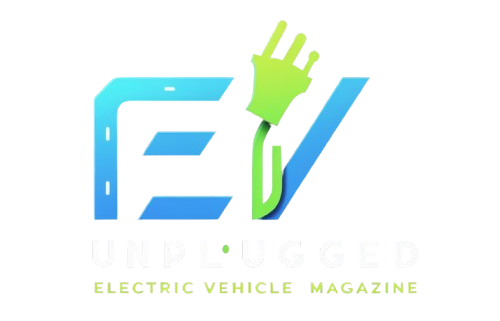
 English
English 